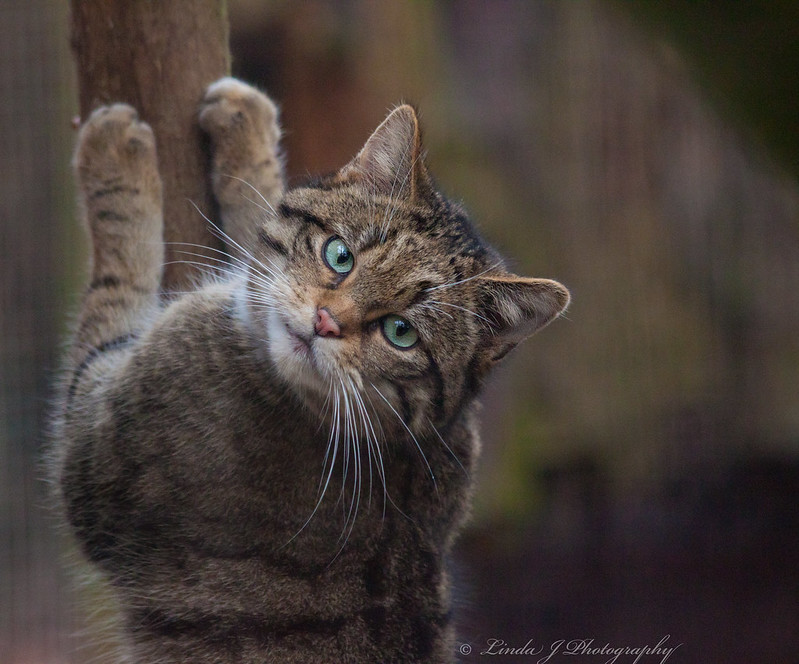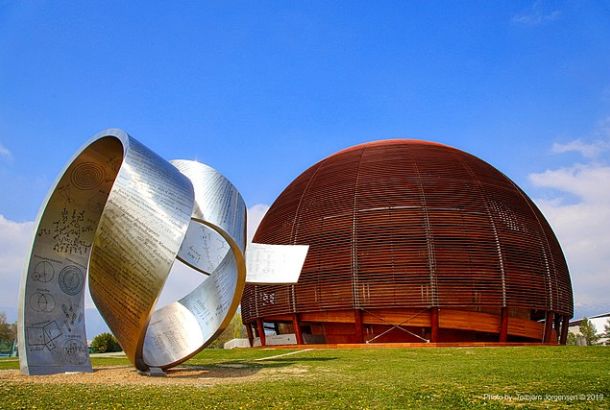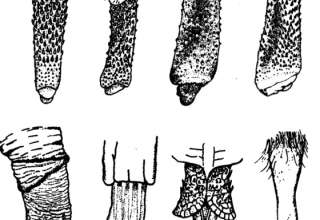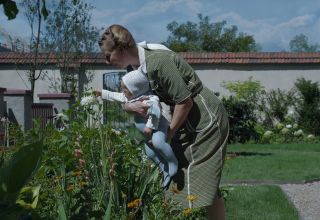We’re all in this together: Scottish wildcats are merging with domestic cats
By Eddie Fyles

At first glance, Scottish wildcats may look like the domesticated pets you’d scratch behind the ears if you saw them on the street, but in fact, they are distinguished by a unique set of physical characteristics, as well as famously ferocious and wild behaviour. Although these features have made them an iconic symbol of the Scottish countryside, there have been few possible opportunities to prevent them from reaching the brink of extinction, with optimistic estimates putting their wild population size at around 400.

Pet peeves
The Scottish wildcat population faces a particular problem in hybridisation, also known as mating with domestic cats. The infiltration of domestic cats is diluting gene pools, increasingly at the cost of the wildcats’ defining traits. A relatively recent phenomenon, first reaching notable levels around the 1950s, the domestication of wildcat genetics has surprised scientists since it has been rare for so long and is seen far less in other European wildcat populations.
This surprising phenomenon is thought to be occurring in Scotland because of extensive habitat loss and fragmentation, forcing wildcats to live closer to human settlements which they would have avoided in the past. A recent study led by Jo Howard-McCombe at the University of Bristol has found that natural selection may also be encouraging hybridisation: giving the wild population access to immune genes which help to protect them from diseases spread by domestic cats, such as feline leukaemia virus. Somewhat paradoxically, the same pets threatening the genetic integrity of wildcats have also provided them with the tools to continue existing alongside them.
Conserving the remaining 400 wildcats
The same paper has declared Scottish wildcats to be ‘genomically extinct’ as scientists found that none of the sequences they generated for individual wildcats were free from the presence of domestic cat DNA. This makes conservation strategies difficult to formulate, as hybrids are not protected by law. Some have suggested introducing European wildcats, technically members of the same species as the Scottish natives, but this has been met with some resistance by those who cite the unique cultural significance of the Scottish-ness of the cats.
The reintroduction of captive wildcats with a lesser degree of hybridisation is underway, but numbers are small and it remains to be seen what effect these cats will be able to have on overall population size and genetic diversity.
One novel and seemingly audacious suggestion to combat this issue is to meticulously design a selective breeding program with hybrids where offspring with greater numbers of wild gene variants are mated with one another, and those who end up with a larger proportion of domestic DNA are not used. This has never been done before, and it is unclear whether it could produce a sufficient number of cats with levels of wild DNA high enough to meaningfully impact the gene pool of the population after reintroduction.
However, when it comes to conservation, much of what is implemented is often based on hope rather than complete certainty of success, and any attempts to bring about change in a desperate situation like this will always be welcome.







